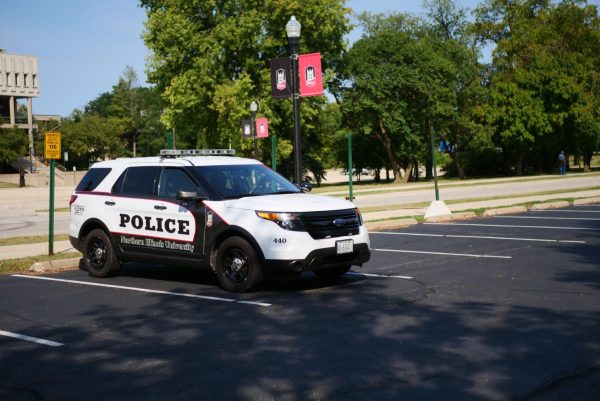NIU to update infrastructure
November 17, 2019
With a budget of $3.7 million, the University aims to either improve or repair the critical electrical infrastructure that keeps the campus functioning.
The next six years have the potential to be a significant improvement for facility investments in comparison to the last two decades, according to the report on Facilities and Infrastructure Capital Investment Activities.
Approximately $6.8 million of State funds were used to support critical boiler replacements and steam line distribution repairs in 2019.
Projects expected to be completed in 2020 include the finishing of the Holmes Student Center redevelopment with a budget of $20.9 million and its South Entrance elevator controls upgrade with a budget of $198,950, and Neptune Complex upgrade with a budget of $5.4 million.
The Neptune Complex upgrade is in the final stages of completing remaining punch list items and final work items are being reviewed for execution, according to the report.
The actions represented in the maintenance investments category includes both preventive maintenance which helps ensure building systems function for the intended life and corrective repairs which allow for smaller critical repair actions to keep the building functioning on a daily basis, according to the report.
After maintenance, major repairs are the next critical investment priority. These commonly include restoration or replacement of building components to return the system to near original operating capability.
Belinda Roller, director of Architectural and Engineering Services, said there were 10 power bumps within the last 2 fiscal years.
A power bump is when the electrical service from ComEd to NIU is adversely affected in some way. This might be noticed by building occupants as lights dimming/going off, computers shutting off, internet going down for a few seconds or more. A bump might be caused by any number of things, a car hitting a power pole off campus for example, Roller said.
The work that has been conducted thus far has reduced damage due to these bumps or outages, results of aging infrastructure, Roller said.
The extended period of past underinvestment of the facilities created a dire need for repair and modernization efforts. In 2017, the State Budget impasse and the University’s budget constraints played a major role in the number and dollar value of capital projects approved that year, according to the report.
The anticipated increase in state funding support will be a positive change to help stop and reverse the trend of deferred facility improvements, according to the report.
There have also been situations where internal infrastructure is affected by local flooding, or campus underground cable failures where buildings experience a power outage and have to be put on emergency generator to avoid interruption to daily operations, Roller said. For example, Neptune north had a transformer affected by flooding and or Swen Parson had a main computer room going down during finals week.













